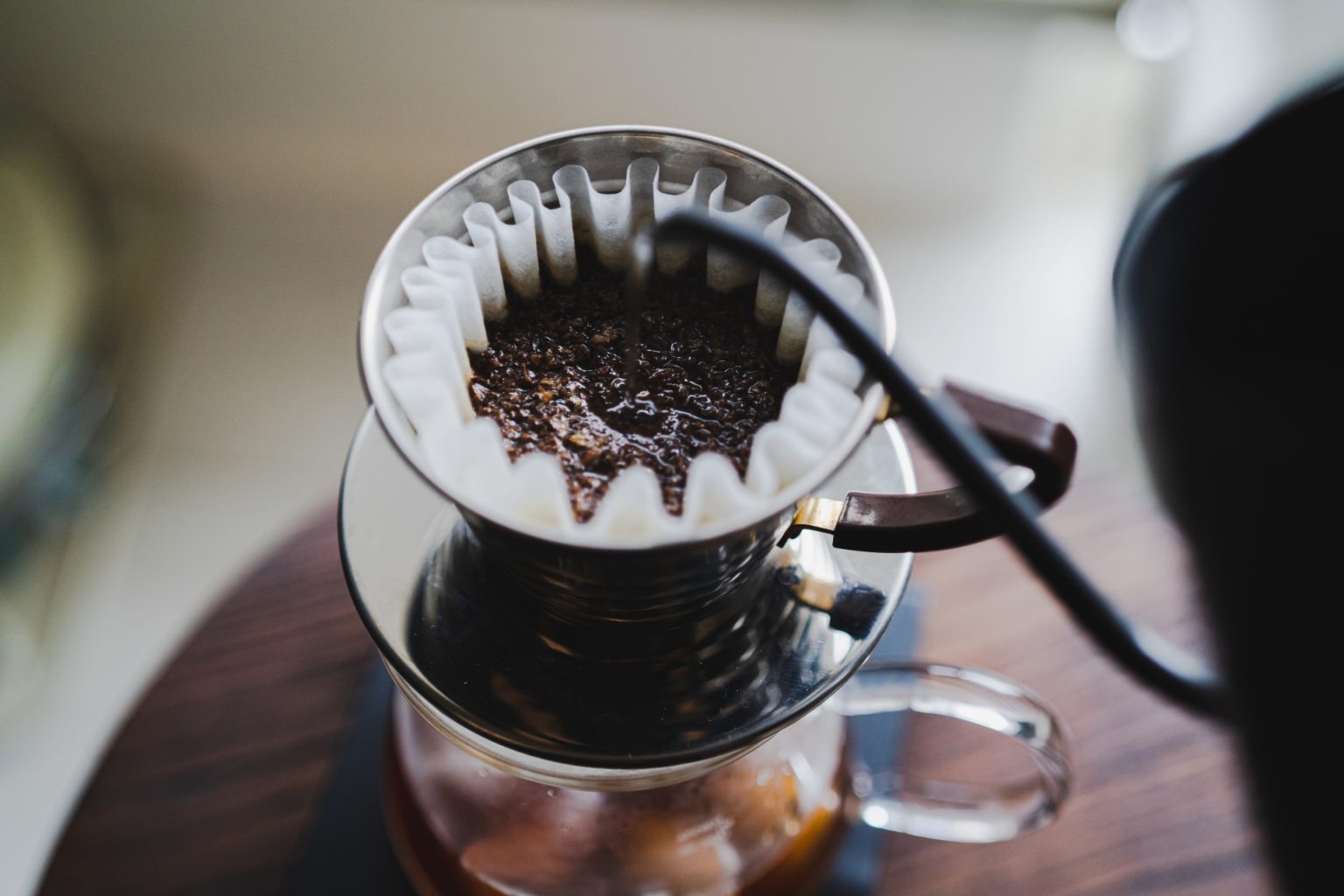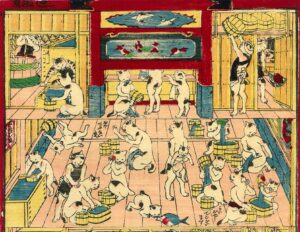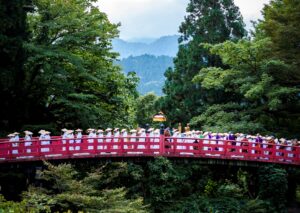Getting Perfect Me Time in Classic Tokyo’s Cafes

The coffee culture in Tokyo draws inspiration from different global influences including various American coffee style cafes to authentic Italian espresso bars, as well as entertainment cafes like the maid cafes (where waitresses are dressed in maid outfits), and numerous cuddly animal cafes which showcase cats, owls and mini pigs to name a few. We’ve reached new heights in the variety of cafes and the coffee culture in Tokyo.
The local coffee shop has become more than just a cup of coffee. It has become the perfect place for get-togethers, chats with your loved ones, spending some quality Me Time, or meeting for business purposes. We are here to help you find the very best and most unique coffee houses while you are in Tokyo. It’s certainly more than a cup to joe to wake you up in the morning. A special cafe be a destination that’s definitely worth traveling to.
There are many big chains of western-style cafes all over Japan, which include the international chains such as Starbucks or Segafredo Zanetti Espresso. Unlike the self-service chain cafes you often see in Japan today, our favorite cafes are the traditional Kissaten. Kissaten translates to a coffee house or coffee shop, but there is a much more history and nostalgia behind a Kissaten compared to your average local chain coffee shop. Kissaten is a place to appreciate and enjoy classical music or Jazz. These types of cafes prospered in the 1960’s and 70’s. At that time, Kissaten was the place where enthusiastic music lovers could gather and listen to the latest records while nursing their specialty drinks. During those times, many Japanese could not afford to purchase the expensive imported vinyl records, so a Kissaten was way to listen to a variety of music conveniently and affordably.
Another unique characteristic of a Kissaten is that they are operated by a single owner, whose musical preferences shape the shop’s characteristics. And that owner is understandably super particular about their coffee selections as well. The beans are painstakingly selected, custom blended, and carefully roasted to that bring that particular Kissaten’s unique characteristics to your taste buds.
A Short History of Kissaten: Place to hear Classical or Jazz music
In Japan, coffee was introduced from the West during the Edo period (1603-1867). The first coffee house in Japan was opened in 1888 by Tei Ei-Kei, who attended Yale University from 1875 to 1879. According to the Taipei Economic and Cultural Representative Office in Japan, Tei was a descendant of a well-known and wealthy Taiwanese family. He fell in love with coffee and the coffee culture while in the States. Upon returning to Japan, Tei opened a cafe named Kahiichakan in today’s Ueno area. Kahiichakan went out of business only five years after opening, but Tei’s legacy in cafe and coffee remained. His influence would become a primary driver in the Japanese social environment. Later, in 1911, several modern and culturally relevant cafes opened in Ginza. Ginza had been the location of many emerging cafes and art galleries, as well as a variety of shops, ranging from trendy upscale boutiques to national and international chain store outlets. Café Printemps is a Japanese cafe-restaurant/bistro that once existed. Opened in Ginza, Tokyo in 1911, it is considered to be Japan’s first cafe.
In the postwar period in 1925, the first classical music cafe named Lion opened in Shibuya. Other genres of music cafes also opened, such as jazz, chanson, and chorus (customers were expected to sing in a chorus cafe). These cafes flourished during the era. In 1950, many iconic Classical or Jazz live cafes were born in Tokyo and Osaka. Following the 1960s and ’70s, Shinjuku was widely known for jazz, as the area used to have jazz cafes everywhere—a few places are still in business that we will introduce below. The customers came to the cafes seeking peace and comfort from the war. It was also rare to see live performances or listen to music in one’s house during those times. Music cafes were very precious places to the Japanese people in many ways.
Me-Time Lovers’ Cafe Guide in Tokyo
At a Kissaten, you can anticipate the prices to be a little more expensive compared to a Starbucks or any other of the coffee chains. However, Kissatens are still popular today especially for Me-Time lovers because they serve their specialty drinks in a uniquely soothing and peaceful environment. Kissaten is for those who want a quieter, and more personal surrounding than the busy coffee chains’ loud & crowded settings. In addition, some Japanese classic coffee shops are more akin to a bar than your usual cafe or coffee place… those particular types of Kissatens have counter seats, and the owner/barista act more like bartenders. Even now, customers are allowed to smoke, and the dim lighting allows customers to feel more relaxed. This special cafe culture is associated with relaxation and enjoyment which is an indispensable part of Japanese life today.
Shinjuku
A Famous Classical Post-War Cafe – L’Ambre
This place is a must-try in the Kissaten world. L’Ambre is a cafe that opened its doors in 1948 which attracted many patrons including affluent Taiwanese college students who studied abroad in Tokyo. The original owner Ro Houtei, who was a Taiwanese medical college student himself, was an avid classical music enthusiast who bought imported vinyl records through the U.S. Military Base Exchange retail stores. Savvy Taiwanese, Korean, and Chinese merchants could gain access to these military base exchange stores to get items such as records, books, Western liquor, canned foods, high-end fabrics, and US Army surplus goods.
L’Ambre serves excellent coffee, but we really love to go there for the whole experience. The cafe’s soft music and classic interiors give it a nostalgic atmosphere, which makes it a great place to gather with others or even as a wonderful Me Time place where you can comfortably relax by yourself.
A Famous Tokyo Jazz Cafe & Bar was Founded in 1961 – DUG
DUG is a legendary jazz cafe & bar in Japan and appeared in the well-known Japanese novel, Norwegian Wood by Haruki Murakami. In the book, the main character ordered a vodka tonic at DUG. As we mentioned, from the 1960s to the 1970s, numerous jazz cafes opened in the country, and DUG is one of the legendary places which remain today. Hozumi Nakadaira, the founder, is also a well-known photographer of jazz musicians in Japan. He took pictures of the most famous artists in the history of jazz, such as Art Blakey and Miles Davis. Nakadaira wanted to open a place where anyone could enjoy jazz music while drinking (not only coffee) & smoking.
Shibuya
Speaking is Not Allowed, Aesthetic Classic Music Cafe House- Lion
Lion is one of our most precious cafes, especially when you want to enjoy Me Time in Tokyo. Beyond the famous Shibuya scramble crossing and further into the neighborhood, you will find the well-known Kissaten in Tokyo. Here you can listen to classical music through extra-large speakers which bring dynamic high-quality sound in the room. Lion was originally built in Shibuya in 1925. However, the building that exists today was rebuilt in 1950 after the first location was devastated during the bombing of Tokyo.
The tiny, two-story cafe is always a bit crowded, and it is a fact that speaking is not allowed. We personally noted that when we even kept our own conversations to a whisper. They still approached is to be quiet! It’s because they want the customers’ full attention to the music. Lion holds “concerts” every day at 3 p.m. and 7 p.m., as they play music by famous composers such as Beethoven, Bach, Brahms, Chopin, Mozart, and Rachmaninov. If you happen to be there around that time, a waiter will provide you with the month’s concert brochure (in Japanese language only). A staff member will announce the specific musical piece and its composer. You can immerse yourself in the deep, dynamic, and concert-like musical experience. A smoking section is available.
A Core Site for a Traditional Coffee Shops- Chatei Hatou
Chatei Hatou is a well-known old school cafe in Shibuya, where each cup of coffee is carefully brewed though the basic hand-pour method. James Freeman, the founder of the famous Blue Bottle Coffee franchise, used to frequent Chatei Hatou regularly as it was his most favorite coffee house in Tokyo. Many visitors make the pilgrimage to this so-called mecca of coffee houses in Shibuya, where it has gone essentially unchanged and continues to welcome customers since 1989.
At Chatei Hatou, we highly recommend counter seats rather than a table. At the counter, you can see the baristas hand-select the beans before they begin the meticulous hand-poured drip brewing. The baristas then pick a specific cup or mug for your coffee, based what they feel best suits your aura. Rejoice in your handmade personalized “uniquely you” coffee! The famous house-made Chiffon Cake is a wonderful complement to your drink as it is fluffy and light as air. They are open until 10 p.m. it’s a great spot to stop by after dinner if you are nearby. Chatei Hatou still allows smoking, but don’t worry about it too much as they have a good ventilation system.
Ginza
Child of São Paulo, The Oldest Tokyo Cafe Still in Business – Café Paulista
Café Paulista opened in 1911 and is the oldest Tokyo cafe that is still in business today. It is considered to be the father of all Kissatens in Japan where you can relax in a friendly atmosphere. If you like acidity and bold coffee, try the Paulista Old coffee blend, which is flavorsome, aromatic and well-balanced, utilizing the highest-quality Brazilian beans.
In the past, Café Paulista had many famous visitors such as John Lennon and Yoko Ono; Japanese authors such as Akutagawa Ryūnosuke (1892-1927) and Junichiro Tanizaki (1886-1965); and other well-known artists. Café Paulista was founded by Ryo Mizuno, who was a friend to the Brazilian government because of his contribution for promoting Japanese immigration to Brazil.
Away From Hustle Bustle of City Crowds – Kazuma Coffee Shop
Kazuma’s coffee prices are 1,200 yen to 2100 yen (USD10 to 20), the original blend to Blue Mountain. But it’s worth that almost impossible quiet atmosphere in contrast to Ginza’s many trendy cafes’ hustle-bustle, especially on weekends.
Takeshi Kitano, an icon of Japanese gangster films director, and comedian is a regular for Kazuma. In the shop, Kitano’s paintings are on the walls. On the counter on the wall, there is a huge collection of the first European hard-paste porcelain, Meissen, even on your table, sugar pot and other table wears’ are the brand. They pick your coffee cup from the beautiful collections. Furthermore Kazuma’s water glass is a famous souvenir that one of our members loves and bought the artistic glasses at the cafe. Enjoy your fine hand-drip brews, while the oldie’s gallery-like surrounds.
Like Zen Temple for Coffee Shop – Café de L’ambre
Café de L’ambre (not to be confused with L’Ambre), established in 1948, only serves nothing else but coffee. This basic, single-minded approach in this coffee shop seems to mirror a Japanese Zen Minimalist perspective, which means an extension of simplicity formed in Japan’s traditional Zen Buddhism. Café de L’ambre offers a wide variety of coffee, including a selection of aged coffee beans! It is called “Old Coffee” as the beans have been aged for more than 10 years. From the menu shown below, there are coffee selections marked with asterisks that indicate it is an aged coffee. Some coffee specialists say, “coffee is no good after a year.” However, the Café de L’ambre owner says, “That’s not true, because some beans are actually better after a long time.” Some of his beans are even from 1979!
Ueno
Traditional Cafes with an Their Own Unique Twists – Kojyo
Kojyo, which means Old Castle, is a cafe which has beautiful interiors. Inside are stained glass windows, like many of the European churches, and some of the interiors walls look like natural rock formations. The iconic coffee shop opened in 1964, not far from Ueno Station. Kojyo is considered a Jun-Kissaten which is a Kissaten which serves non-alcoholic beverages such as coffee or tea. In the old days, cafes in Ueno and Ginza had waitresses who would sit with the customers while also serving them their drinks. Even today, Kojyo still keeps this Japanese traditional Showa-era (1926–89) cafe style. An example of this is the cafe’s Romance Seat which are loveseats that were popular with couples who were making out in the old days—they are used differently today, as these seats are now popular among Me Time lovers to comfortably enjoy their own individual time. Kojyo still allows smoking.
Popular menus items are Vienna Coffee and the Mixed Sandwich. The Vienna-style coffee is a popular traditional cream-based coffee beverage. The classic Mixed Sandwich has been on the menu since the restaurant opened, and the recipe is unchanged for over 50 years. It comes with three different types of sandwiches: ham, egg, and tomato & cucumber.
Solo Customers are Welcome – Oujyo
Oujyo is just two minutes away from Ameyoko in Ueno Station, which is a famous open-air shopping street. At Oujyo, you can have delicious sweets such as chocolate parfait, pancakes together with ice cream & whip cream, along with your cup of coffee. In addition, the owner is actually a doctor at a Chinese medicine clinic that has been in operation for three generations. As a result, Oujyo’s menu offers a variety of healthful drinks & dishes such as Natsume (jujube) Milk, and Kokuto Ginger Milk—Kokuto is Okinawan brown sugar, which is high in calcium, potassium, and iron. For food, Yakuzen (meaning “Eating Medicine”) Keema Curry is mixed with many different types of herbs.
At Oujyo, portions are larger than in typical Japanese modern cafes. The cafe owner stated that in the past, many of the cafe customers had to wait patiently and possibly for a long time to meet someone at the nearby train station. With train delays in those days, there was no real sense of when the train would arrive at its destination. Thus, it was not rare that people would wait in the cafe for a few extra hours.
Enjoy Your Coffee on the Tatami Mats – Kayaba Coffee
Before we end our discussion about Japanese cafes, we would briefly like to mention Kayaba Coffee in Yanaka and the story behind the beloved coffee shop. Kayaba Coffee is located in an area that is considered the old downtown of Tokyo. This coffee shop was established in 1938 and was successfully operated until the death of the original owner in 2006. But three years after it closed, Kayaba Coffee was reopened by the local community.
The second floor of Kayaba Coffee has tatami mats, welcoming guests to comfortably relax and stretch out. The menu features popular items from the original menu like coffee mixed with cocoa called Russian; Matcha Latte; and the legendary Egg Sandwich. The soft texture of the milk-based sandwich bread is appetizing.







 Instagram
Instagram